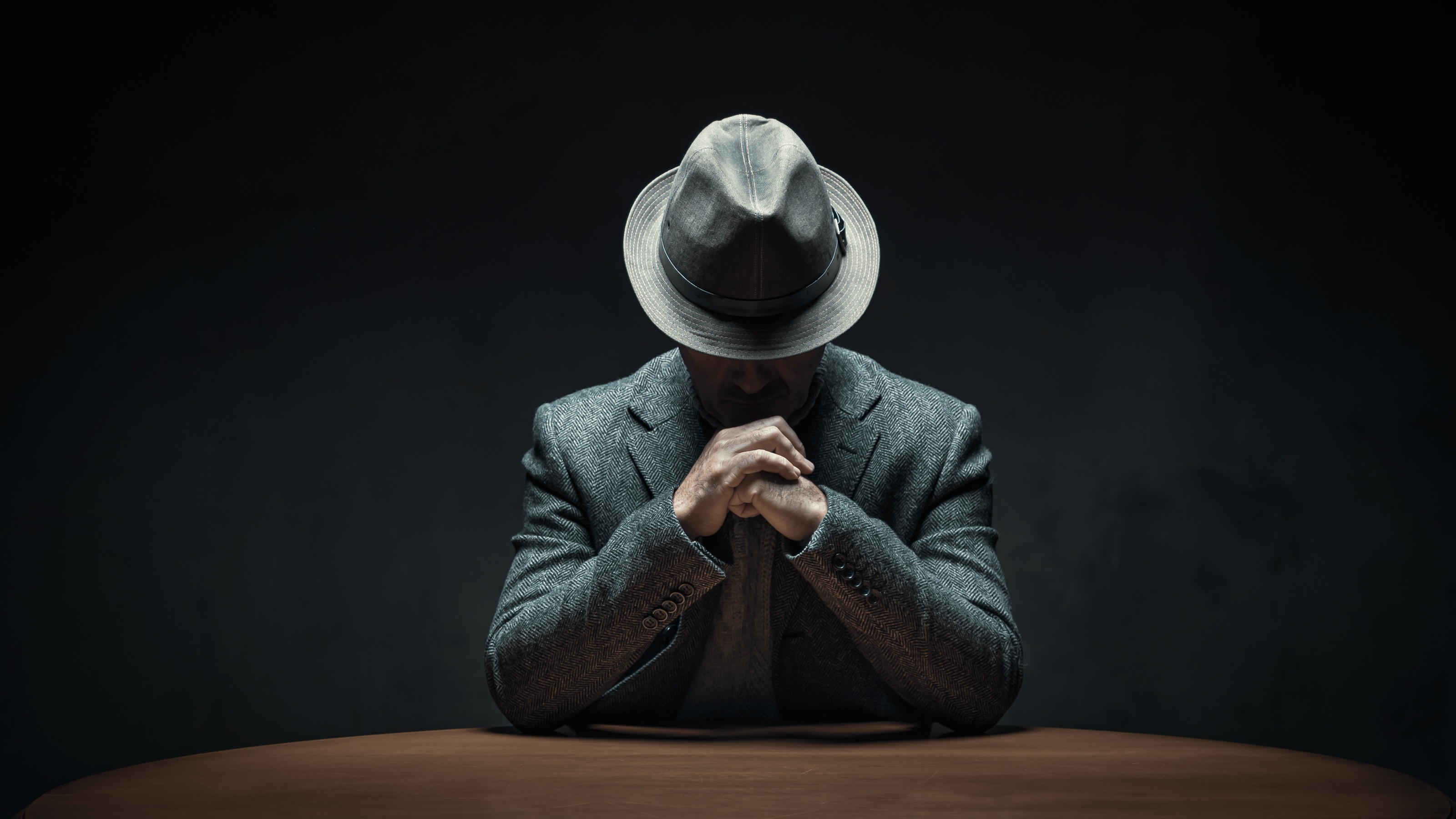Remodel Your Current Home With Retirement in Mind
Upgrade with universal-design features that will help you as you age. It's all about convenience now, and saving money and safety later.

Most people in their thirties and forties don't spend much time thinking about their retirement, let alone planning for it. Sure, they participate in their company's 401(k) plan. Maybe they've opened an IRA. But they're busy building a career, buying a home, or figuring out how to get one kid to soccer practice and the other across town to band recital at the same time.
Then, at some point during the fiftysomething years, it hits most of us: Retirement isn't all that far off. It's time to look more closely at your 401(k), IRA and other savings, plug some guesstimates into online retirement-savings programs, and take long walks with your partner talking about the next stage of life.
"Honey, what about the house?" The most popular answer among middle-aged homeowners is they'd like to stay put. Your home's value may have taken a knock from the housing bust, and there are too many memories in every room to leave behind.
From just $107.88 $24.99 for Kiplinger Personal Finance
Become a smarter, better informed investor. Subscribe from just $107.88 $24.99, plus get up to 4 Special Issues

Sign up for Kiplinger’s Free Newsletters
Profit and prosper with the best of expert advice on investing, taxes, retirement, personal finance and more - straight to your e-mail.
Profit and prosper with the best of expert advice - straight to your e-mail.
Like other aspects of retirement, aging in place requires turning your desires into practical planning. So, as you start to weigh that remodeling project you've been putting off, don't just look at the cost of installing granite countertops in the kitchen, or dual sinks and towel warmers in the bathroom. What home improvements would make your home safer and more convenient for you in your old age? "If people are planning to stay in the home -- say, they're now 55 and they'll stay until they're 70 - 75 -- they should be thinking about how to make aging in place feasible," says Jon Pynoos, professor of gerontology, policy and planning at the University of Southern California.
The trend toward remodeling projects with aging in mind is growing, but slowly. It appears that many middle-aged homeowners are reluctant to put "aging in place" on their wish list. The reason: People don't think features that make a home convenient for aging occupants will be attractive.
We've all driven by homes with a big ramp up to the front door, or visited an aging relative and stared at bathroom equipment reminiscent of a hospital room. "People don't want to think of themselves as getting old and needing grab bars and things like that in the home," says Kermit Baker, senior research fellow at Harvard University's Joint Center for Housing Studies. "Even people in their fifties and sixties aren't thinking about their needs in 20 years."
Too bad. Plenty of remodelers these days will cater to homeowners who are planning to age in place and want to start installing features now, while it's convenient, that will make life easier for them when they get older.
The best-known movement is called universal design, which incorporates attractive, easy-to-use appliances and other devices. So don't worry that you have to turn your house or condo into an assisted-living center.
Universal-design accessories and accommodations may add about 5% or more to a project's upfront cost (depending on the project). But think of it this way: With a little preparation, you won't need to call in a pricey contractor to do a rush job if you have a bad fall ten years from now. "There is no money savings on the front end," says Richard Duncan, executive director of the RL Mace Universal Design Institute in Chapel Hill, N.C. "A big advantage of doing the changes now is reduced remodeling costs later on."
What are some universal-design mainstays? A simple one is substituting door handles for doorknobs. The handle material and design, which can match the décor of your home, will make it easier to open doors with arthritic hands.
Older folks need more light and are more sensitive to glare. Lights with extra illumination and lighting controls can be incorporated into a kitchen remodel.
European-style showers are sophisticated and don't have a lip, allowing wheelchair access as well as a way to wash plants and even the dog. You don't need to put a grab bar in the shower now -- but why not install the plates during a bathroom remodel so that a grab bar can be quickly attached later? "These things should be part of the design rather than something separate to be added later on," says Pynoos.
If you do decide to remodel this year, you'll have plenty of company, and soon -- spring appears to be coming early to the housing market. After years of falling real estate values, it appears the market is finally stabilizing, due to the combination of lower unemployment, low interest rates and low home prices. In similar fashion, remodelers are getting back to work: The Joint Center for Housing Studies of Harvard University expects inflation-adjusted spending on homeowner improvements to grow at a 3.5% compound annual growth rate from 2010 to 2015. That is in sharp contrast with the 1.4% decline in remodeling spending from 2005 to 2010, though it pales next to the 7.3% growth rate of the bubble years, 2000 to 2005.
Many of today's remodeling projects will be undertaken by middle-aged homeowners who are happy to stay in their home and make everyday living more comfortable. If you're one of them, remember that remodeling your home is as integral to your retirement plan as your asset allocation in your 401(k).
Profit and prosper with the best of Kiplinger's advice on investing, taxes, retirement, personal finance and much more. Delivered daily. Enter your email in the box and click Sign Me Up.

-
 How Prices Have Changed in Trump's First Year
How Prices Have Changed in Trump's First YearTrump campaigned on bringing prices down for Americans. Here's where prices stand one year into his second term.
-
 New California Wealth Tax for 2026: What's Happening Now
New California Wealth Tax for 2026: What's Happening NowState Taxes California has considered taxing wealth before, but the latest proposal seems to be different.
-
 Your 5-Step Guide to Discovering Whether a Lawyer Is Shady
Your 5-Step Guide to Discovering Whether a Lawyer Is ShadyResearch shows you can't rely on some state bar websites to vet a lawyer you're considering hiring. Here's how to check out a lawyer before you hire.
-
 States That Tax Social Security Benefits in 2026
States That Tax Social Security Benefits in 2026Retirement Tax Not all retirees who live in states that tax Social Security benefits have to pay state income taxes. Will your benefits be taxed?
-
 Retirees in These 7 States Could Pay Less Property Taxes Next Year
Retirees in These 7 States Could Pay Less Property Taxes Next YearState Taxes Retirement property tax bills could be up to 65% cheaper for some older adults in 2026. Do you qualify?
-
 6 Tax Reasons to Convert Your IRA to a Roth (and When You Shouldn't)
6 Tax Reasons to Convert Your IRA to a Roth (and When You Shouldn't)Retirement Taxes Here’s how converting your traditional retirement account to a Roth IRA can boost your nest egg — but avoid these costly scenarios.
-
 10 Retirement Tax Plan Moves to Make Before December 31
10 Retirement Tax Plan Moves to Make Before December 31Retirement Taxes Proactively reviewing your health coverage, RMDs and IRAs can lower retirement taxes in 2025 and 2026. Here’s how.
-
 The Rubber Duck Rule of Retirement Tax Planning
The Rubber Duck Rule of Retirement Tax PlanningRetirement Taxes How can you identify gaps and hidden assumptions in your tax plan for retirement? The solution may be stranger than you think.
-
 The Most Tax-Friendly State for Retirement in 2025: Here It Is
The Most Tax-Friendly State for Retirement in 2025: Here It IsRetirement Tax How do you retire ‘tax-free’? This state doesn’t tax retirement income, has a low median property tax bill, and even offers savings on gas. Are you ready for a move?
-
 ‘I Play Pickleball in Retirement.’ Is It HSA-Eligible?
‘I Play Pickleball in Retirement.’ Is It HSA-Eligible?Retirement Tax Staying active after you retire may be easier with these HSA expenses. But there’s a big catch.
-
 Retire in the Bahamas With These Three Tax Benefits
Retire in the Bahamas With These Three Tax BenefitsRetirement Taxes Retirement in the Bahamas may be worth considering for high-net-worth individuals who hate paying taxes on income and capital gains.